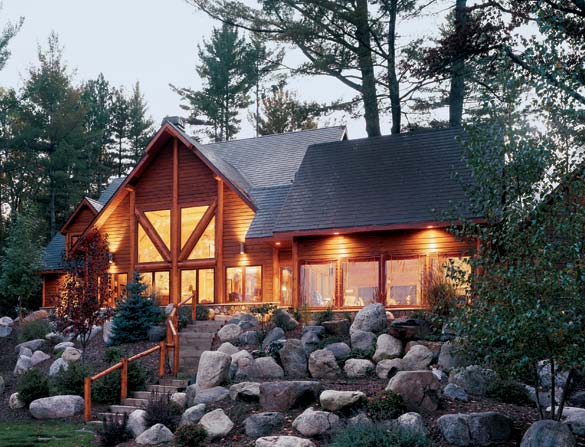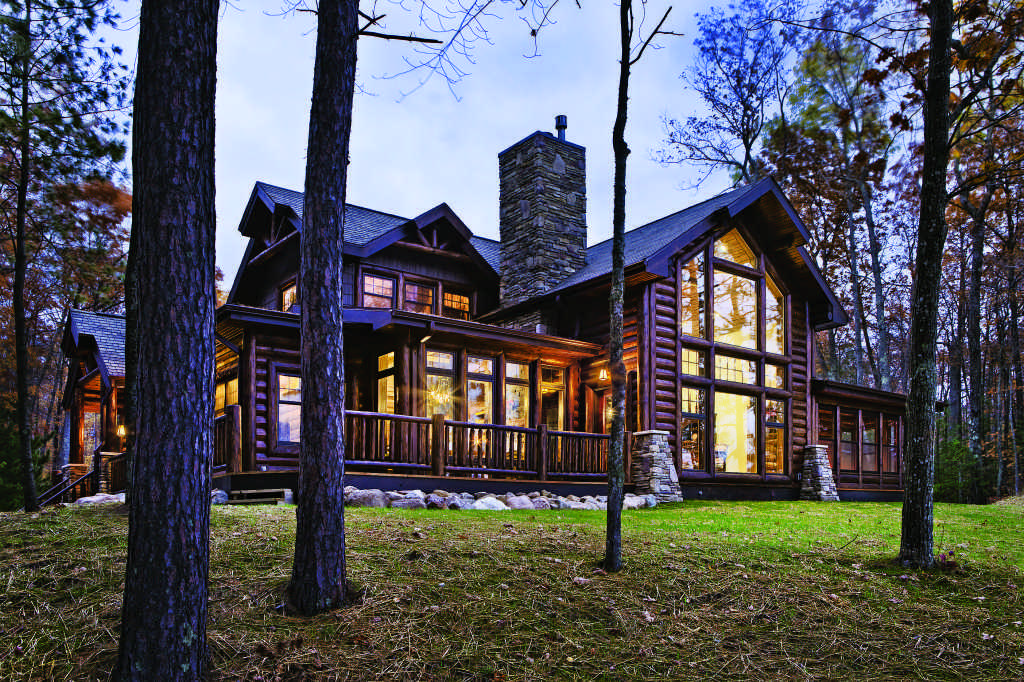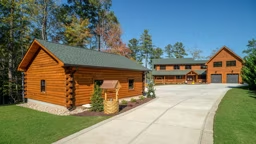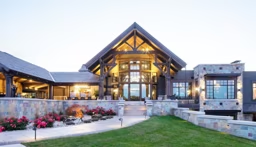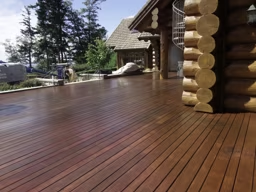Maybe it’s time to remodel your current log home, or perhaps you’re considering purchasing an older log home that’s seen better days. When remodeling or renovating a log home, there are certain factors you'll need to consider.
Restore and Renovate
If you’re looking at a vintage log home, you’ll first need to evaluate the logs’ current condition and assess the extent of any damage or decay. You can do a quick test of the condition of a log by hitting it with a hammer. Sound wood will emit a sharp knock. Punky wood will make a dull thud. You should also look for heavy mold or mildew on the logs’ surface. Probing these areas with a sharp knife point will give you an idea if the wood is sound or soft. Take note of any evidence of insect infestation, including holes in the logs and piles of sawdust-like “frass,” which is pushed out of the wood when insects burrow in. Keep in mind that mold and mildew can be removed and pesticides can be used to eliminate insects. Rotten wood, however, may have to be replaced if decay has threatened a log’s structural integrity. Before you make a decision to purchase an older home, it may give you greater peace of mind to have a professional log restorer inspect the logs. You should also keep in mind that if you like the look of an historic log home, but would rather build something new, you can buy salvaged or vintage logs for your home. By using these aged logs and an appropriately historic design for your new home, you can create a new “old” home, that offers both the charm of an antique and today’s modern amenities.Changing For the Better
Remodeling a log home is similar to remodeling a conventionally framed home. Updating a kitchen or bath in a log home, for example, will follow the same procedures as any other house. However, if you’ve outgrown your current log home and are planning to add on, you’ll need to keep several factors in mind.First, you’ll have to decide if your addition will have log walls or use traditional construction. The choice will depend on your budget, how you want the finished home to look and if you can meet the challenges a log addition may present. One challenge you’ll face if you choose log construction is logs’ tendency to shrink and settle. You don’t want settling logs to cause stress on existing walls that have already stabilized. Your new log walls will have to be attached to the existing walls in such a way that they will be able to slide down as the logs settle, while still remaining watertight and weathertight. Another concern is the appearance of the logs. Will the new logs match the color, size and shape of your existing logs? If the final appearance cannot be made to look seamless, it might be better to choose a markedly different construction style — a wood shake exterior, for instance — instead of picking logs that come close, but don’t quite match.
